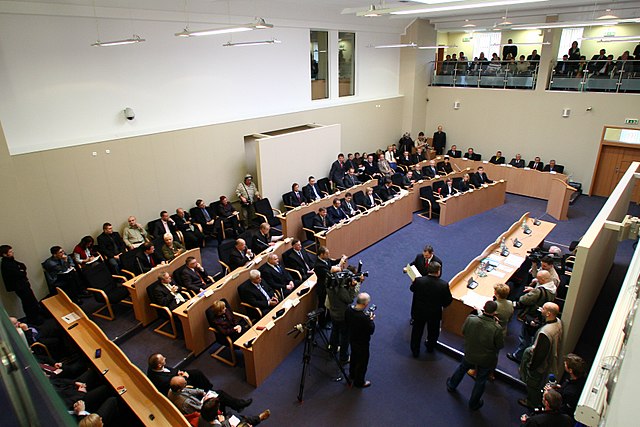A voivodeship sejmik, also known as a provincial or regional assembly, is the regional-level elected legislature for each of the sixteen voivodeships of Poland. Sejmiks are elected to five-year terms, decided during nationwide local elections. The size of the legislative assembly varies for each voivodeship depending on the population, ranging from 30 members in lower populated provinces to 51 members in the most populous one. Elected representatives of an assembly are known as councillors (radni).
The West Pomeranian Regional Assembly meeting in Szczecin.
A sejmik was one of various local parliaments in the history of Poland and history of Lithuania. The first sejmiks were regional assemblies in the Kingdom of Poland, though they gained significantly more influence in the later era of the Polish–Lithuanian Commonwealth. Sejmiks arose around the late 14th and early 15th centuries and existed until the end of the Commonwealth in 1795, following the partitions of the Commonwealth. In a limited form, some sejmiks existed in partitioned Poland (1795–1918), and later in the Second Polish Republic (1918–1939). In modern Poland, since 1999, the term has revived with the voivodeship sejmiks, referring to the elected councils of each of the 16 voivodeships.
Nobility fighting at a sejmik, Jean-Pierre Norblin de La Gourdaine


